Maple tree looking unhealthy
dpc5555
10 years ago
Related Stories

TREES11 Japanese Maples for Breathtaking Color and Form
With such a wide range to choose from, there’s a beautiful Japanese maple to suit almost any setting
Full Story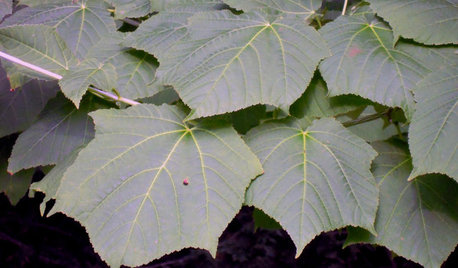
GARDENING GUIDES5 Amazing Small Maple Trees
There's more to maples than syrup. Expand your maple milieu with any of these 5 small and unusual trees
Full Story
GARDENING GUIDES13 Japanese Maples for Shade
A surprising variety of these understory trees is waiting to make a statement in your shade garden
Full Story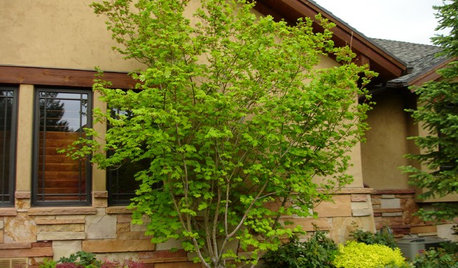
LANDSCAPE DESIGNGreat Design Plant: Vine Maple
Exciting year-round color and adaptability make this highly ornamental native small tree a top choice for home gardens
Full Story
GARDENING GUIDES12 Japanese Maples for a Sunny Garden
The right maple in the right place shines in hot summer sun
Full Story
TREESGreat Design Plant: Coral Bark Japanese Maple, a Winter Standout
Go for garden gusto during the chilly season with the fiery red stems of this unusual Japanese maple
Full Story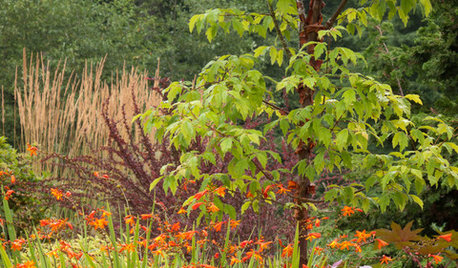
GARDENING GUIDESGreat Design Plant: Paperbark Maple
With fall foliage like a sunset and bark the color of cinnamon, this tree is a highlight of the landscape
Full Story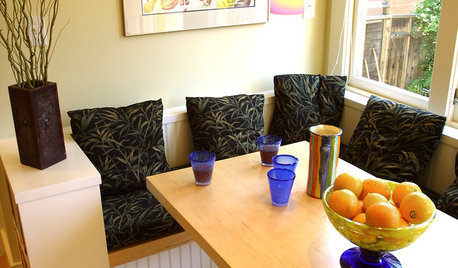
MATERIALSWoodipedia: Maple Is a Marvel Around the House
A heavy hardwood with lots of potential, maple appeals to modern sensibilities and won't break your budget
Full Story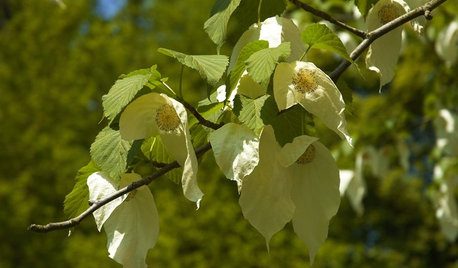
GARDENING GUIDESGreat Design Tree: The Dove Tree
With distinctive fluttery flowers and a height that towers over the landscape, the dove tree provides a respite from the summer sun
Full Story
GARDENING GUIDESHow to Keep Your Trees Healthy
Ensure your trees’ vigor for years to come with these tips for protecting roots, watering effectively and more
Full StoryMore Discussions







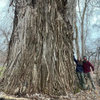

dpc5555Original Author
Toronado3800 Zone 6 St Louis
Related Professionals
Allen Landscape Architects & Landscape Designers · Maple Valley Landscape Architects & Landscape Designers · Fort Lee Landscape Architects & Landscape Designers · Gainesville Landscape Contractors · Aberdeen Landscape Contractors · Essex Landscape Contractors · Eureka Landscape Contractors · Hendersonville Landscape Contractors · Lake Saint Louis Landscape Contractors · Woodbridge Siding & Exteriors · Shorewood Decks, Patios & Outdoor Enclosures · Hampton Bays Decks, Patios & Outdoor Enclosures · Knoxville Decks, Patios & Outdoor Enclosures · Universal City Decks, Patios & Outdoor Enclosures · Wheaton Decks, Patios & Outdoor Enclosurescalliope
RugbyHukr
dpc5555Original Author
j0nd03
arktrees
dpc5555Original Author
j0nd03
arktrees
dpc5555Original Author
ken_adrian Adrian MI cold Z5
dpc5555Original Author
dpc5555Original Author
j0nd03
arktrees
dpc5555Original Author
j0nd03
j0nd03
dpc5555Original Author
j0nd03
dpc5555Original Author
arktrees
dpc5555Original Author
arktrees
ken_adrian Adrian MI cold Z5
gus9058